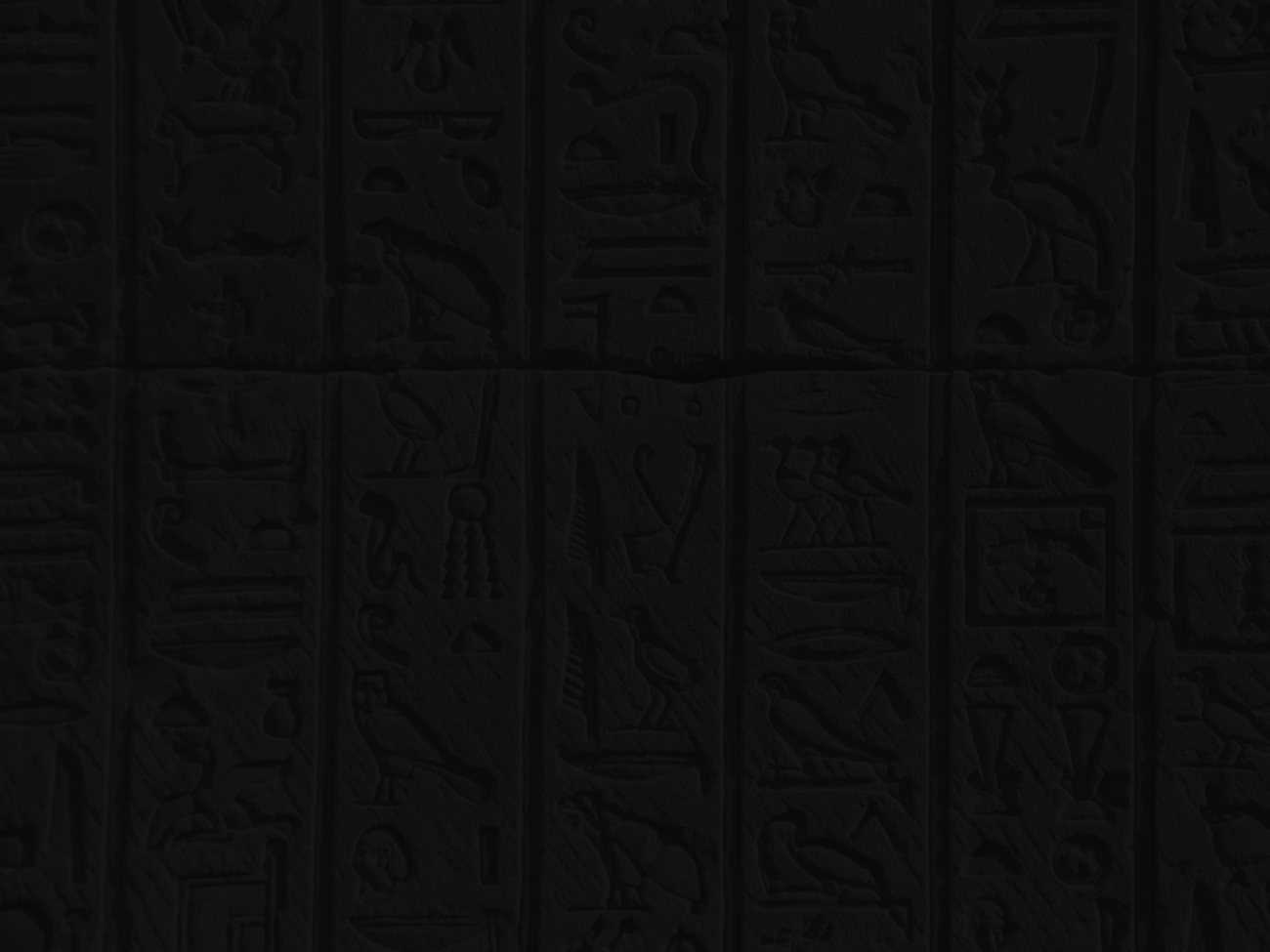Call for Papers: AGYA Conference - Conceptualizing Sacred Languages and Their Visual Inimitability



The upcoming AGYA Conference is call for papers that explore languages beyond the Middle East, such as Sikh scriptures in Punjabi and Sanskrit texts, Pali - the language of Buddhist scriptures, as well as ancient Greek, Latin, Syriac, Coptic and Amharic - languages associated with Christianity.
About this event
- Event date: 30 November 2023 to 1 December 2023
- Venue: SOAS University of London (room TBC)
In cooperation with:
- SOAS University of London
Sponsored by:
- Federal Ministry of Education and Research
- AGYA (Arab-German Young Academy of Sciences and Humanities)
Sacred Languages are languages that are considered to have a special, often religious, significance. They are used primarily for religious and spiritual purposes and are often believed to be divine or holy in nature. The use of sacred languages serves as a reminder of the rich and diverse cultural and religious traditions that exist throughout the world and highlights the importance of language in shaping our beliefs, values, and identities.
In many instances, sacred languages are closely linked to a specific script or writing system, which holds immense symbolic and spiritual importance for the religious community utilizing it. This connection is evident in various examples, such as the hieroglyphs of the ancient Egyptian language, the Hebrew script employed in Judaism, or the Arabic script utilized in Islam. The relationship between the sacred language and its visual representation can also be a source of tension and controversy. In some cases, changes to the script or writing system can be seen as a threat to the sacred language and its cultural and religious significance, while in other cases, the adoption of a new script or writing system can be seen as a way to modernize and adapt the language to contemporary needs.
The relationship between sacred languages and their visual nature is dynamic and ever-evolving, reflecting the intricate interplay between language, writing, and spirituality. The conference therefore aims to provide valuable insights into the visual aspects of such scripts, including the shapes of the letters and the patterns formed by the arrangement of words. It explores how the writing systems of these sacred languages can elicit a profound sense of awe and reverence, amplifying the emotional and spiritual impact of the sacred texts. The conference scope of Sacred Languages has no geographical boundaries. We highly encourage papers that explore languages beyond the Middle East, such as Sikh scriptures in Punjabi and Sanskrit texts, Pali - the language of Buddhist scriptures, as well as ancient Greek, Latin, Syriac, Coptic and Amharic - languages associated with Christianity.
Call for Papers
The conference invites contributions from the social sciences and the humanities on the concept of Sacred Language throughout history. Suggested topics include, but are not limited to, the following:
- the historical and cultural contexts in which the Sacred Languages developed and evolved;
- the role Sacred Languages serve in shaping religious and cultural practices around the world;
- the relationship between sacred languages and the visual nature of their writing systems;
- the social and political factors that shape the use of sacred languages, such as the influence of colonialism, globalization, and religious fundamentalism.
Those interested in presenting papers are invited to submit an abstract in a Word file (500 words, including references) and a short biography that includes affiliations and publications (150 words) to Hany Rashwan (hrashwan@uaeu.ac.ae) by 31 August 2023 at the latest.
Each paper should present a clear case study that effectively highlights its historical and cultural contexts. The conference proceedings, to be published in 2024, will undergo a peer-review process and will be edited by the co-organizers before being published by Oxford University Press.
The conference is organized by Rachel Harrison (SOAS University of London), AGYA member Hany Rashwan (UAEU), and AGYA member Florian Zemmin (Freie Universität Berlin). It is planned to take place in person from 7−8 December 2023 at SOAS University of London, UK. The conference is part of a tandem project within the Arab-German Young Academy of Sciences and Humanities (AGYA) and will be organized in cooperation with SOAS University of London. The accommodation and travel costs for invited speakers will be covered by AGYA. Funding is still subject to approval.
Selected References
- Bennett, Brian P. (2017). Sacred Languages of the World: An Introduction. New York: Wiley.
- Broggi, Joshua D. (2015). Sacred Language, Sacred World: The Unity of Scriptural and Philosophical Hermeneutics. London: Bloomsbury Publishing.
- Haeri, Niloofar. (2003). Sacred Language, Ordinary People: Dilemmas of Culture and Politics in Egypt. New York: Palgrave Macmillan.
- Sawyer, John. (1999). Sacred Languages and Sacred Texts. London: Routledge.
- Eliade, Mircea. (1991). Essential Sacred Writings From Around the World. California: HarperOne.
About AGYA
The Arab-German Young Academy of Sciences and Humanities (AGYA) is based at the Berlin Brandenburg Academy of Sciences and Humanities (BBAW) in Germany and at the Academy of Scientific Research & Technology (ASRT) in Egypt. It was established in 2013 as the first bilateral Young Academy worldwide. AGYA promotes research cooperation among outstanding early-career researchers from all disciplines who are affiliated with a research institution in Germany or in any Arab country.
The academy supports the innovative projects of its members in various fields of research as well as in science policy and education. With members and alumni in 18 Arab countries and Germany, AGYA enjoys strong relations in various research ecosystems, promoting and supporting Arab-German research exchange and North-South-South cooperation. AGYA is funded by the German Federal Ministry of Education and Research (BMBF) and various Arab and German cooperation partners.


